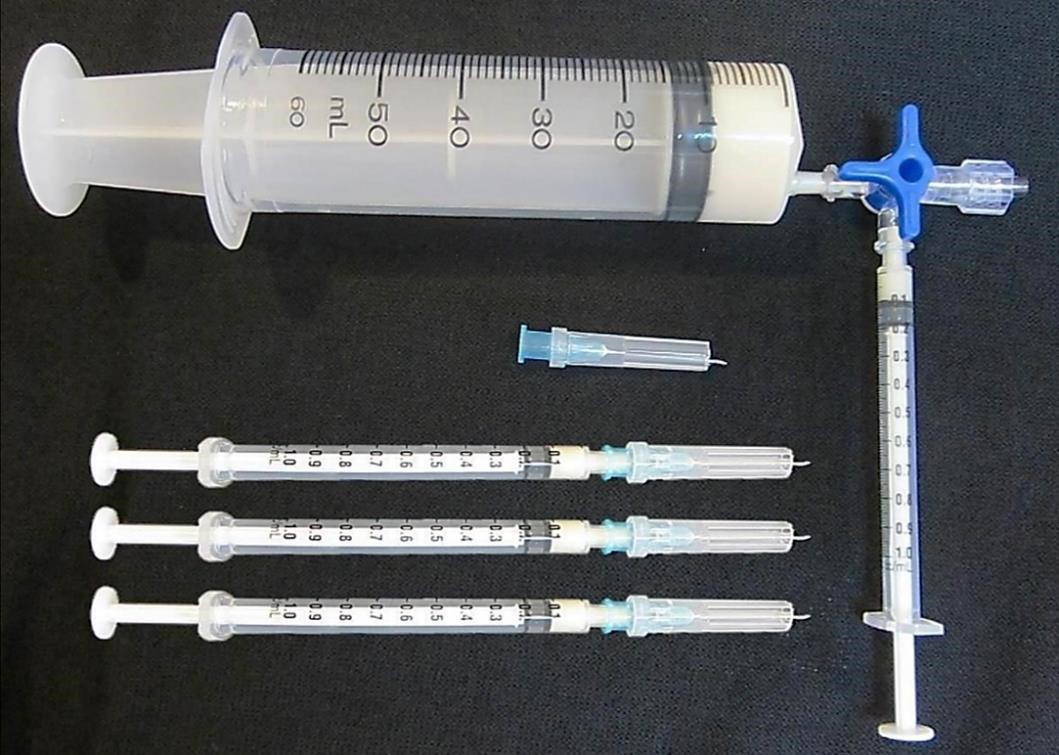Production of a Plasma Derived Universal Antivenom against All Elapid Neurotoxic Snake Venoms Universal snake antivenom
Main Article Content
Abstract
Snakebite envenoming has killed about 138000 people and maimed 400,000 victims annually. WHO has designated this medical problem as one of the most neglected tropical diseases for which effective, affordable antivenoms (AVs) are urgently needed. Production of potent AV against neurotoxic venoms was difficult and was thought to be due to the low immunogenicity of the postsynaptic neurotoxins (PSNT) which cause death in the victims. However, it was showed that the use of ineffective adjuvant in the immunization of horse was the root cause. The highly effective Freund adjuvant (FA) causes severe local reactions and could not be used. A novel immunization protocol termed ‘low dose low volume multi-site’ was tested and shown to obliterate the local side effect and allow for the safe use of FA in horse. The immunization protocol led to the production of 7 highly potent monovalent AVs, and 2 potent polyvalent AVs, one against 4 neurotoxic venoms and another against 3 hematotoxic venoms. These AVs allow the treatment of snakebite victims without the need to identify the culprit snakes. Furthermore, we have tested a novel immunization strategy using ‘Diverse toxin repertoire’ of 12 Asian elapid toxin fractions. The resulting antiserum effectively neutralized at least 36 elapid venoms of 28 species encompassing 10 genera and from 20 countries on 4 continents, and most likely all the elapid neurotoxic snake venoms. These results indicate that effective universal antivenom against all elapid neurotoxic venoms of the world can be produced and save numerous lives.
Article Details
References
2. WHO. World Health Organization. Snakebite Envenoming: A Strategy for Prevention and Control: Executive Summary. 2019; Geneva, World Health Organization.
3. Williams DJ, Faiz MA, Abela-Ridder B, Ainsworth S, Bulfone TC, Nickerson AD, et al. Strategy for a globally coordinated response to a priority neglected tropical disease: Snakebite envenoming. PLoS Negl Trop Dis. 2019;13(2):e0007059.
4. สำนักระบาดวิทยา กรมควบคุมโรค กระทรวงสาธารณสุข
5. Harrison RA, Hargreaves A, Wagstaff SC, Faragher B, Lalloo DG. Snake envenoming: a disease of poverty. PLoS Negl Trop Dis. 2009;3(12):e569.
6. Changeux JP. The TiPS lecture. The nicotinic acetylcholine receptor: an allosteric protein prototype of ligand-gated ion channels. Trends Pharmacol Sci. 1990;11(12):485-92.
7. Denson KW. Coagulant and anticoagulant action of snake venoms. Toxicon. 1969;7(1):5-11.
8. Kini RM, Doley R. Structure, function and evolution of three-finger toxins: mini proteins with multiple targets. Toxicon. 2010;56(6):855-67.
9. Atassi MZ, McDaniel CS, Manshouri T. Mapping by synthetic peptides of the binding sites for acetylcholine receptor on alpha-bungarotoxin. J Protein Chem. 1988;7(5):655-66.
10. Hati RN, Mandal M, Hati AK. Active immunization of rabbit with gamma irradiated Russell's viper venom toxoid. Toxicon. 1990;28(8):895-902.
11. Sunthornandh P, Matangkasombut P, Ratanabanangkoon K. Preparation, characterization and immunogenicity of various polymers and conjugates of elapid postsynaptic neurotoxins. Mol Immunol. 1992;29(4):501-10.
12. Sunthornandh P, Ratanabanangkoon K. A comparative study of three vehicles on antibody responses against elapid snake neurotoxin immunogens. Toxicon. 1994;32(5):561-71.
13. Pratanaphon R, Akesowan S, Khow O, Sriprapat S, Ratanabanangkoon K. Production of highly potent horse antivenom against the Thai cobra (Naja kaouthia). Vaccine. 1997;15(14):1523-8.
14. WHO. World Health Organization. Guidelines for the production, control and regulation of snake antivenom immunoglobulins. 2nd edition 2017; Geneva, World Health Organization.
15. Sriprapat S, Aeksowan S, Sapsutthipas S, Chotwiwatthanakun C, Suttijitpaisal P, Pratanaphon R, et al. The impact of a low dose, low volume, multi-site immunization on the production of therapeutic antivenoms in Thailand. Toxicon. 2003;41(1):57-64.
16. El-Kady EM, Ibrahim NM, Wahby AF. Assessment of the anti-Naja haje antibodies elicited in a low dose multi-site immunization protocol. Toxicon. 2009;54(4):450-9.
17. Milovanovic V, Dimitrijevic L, Petrusic V, Kadric J, Minic R, Zivkovic I. Application of the 3R concept in the production of European antiviperinum on horses – multisite, low volumes immunization protocol and elisa. Acta Vet. 2018 68(4):401–19.
18. Ratanabanangkoon K, A quest for a universal plasma-derived antivenom against all elapid neurotoxic snake venoms. Front Immunol. 2021; 12(1363)
19. Chotwiwatthanakun C, Pratanaphon R, Akesowan S, Sriprapat S, Ratanabanangkoon K. Production of potent polyvalent antivenom against three elapid venoms using a low dose, low volume, multi-site immunization protocol. Toxicon. 2001;39(10):1487-94.
20. Sapsutthipas S, Leong PK, Akesowan S, Pratanaphon R, Tan NH, Ratanabanangkoon K. Effective equine immunization protocol for production of potent poly-specific antisera against Calloselasma rhodostoma, Cryptelytrops albolabris and Daboia siamensis. PLoS Negl Trop Dis. 2015;9(3):e0003609.
21. Williams DJ, Gutiérrez JM, Calvete JJ, Wüster W, Ratanabanangkoon K, Paiva O, et al. Ending the drought: new strategies for improving the flow of affordable, effective antivenoms in Asia and Africa. J Proteomics. 2011;74(9):1735-67.
22. Ratanabanangkoon K, Tan KY, Eursakun S, Tan CH, Simsiriwong P, Pamornsakda T, et al. A Simple and Novel Strategy for the Production of a Pan-specific Antiserum against Elapid Snakes of Asia. PLoS Negl Trop Dis.2016;10(4):e0004565.
23. Ratanabanangkoon K, Tan KY, Pruksaphon K, Klinpayom C, Gutiérrez JM, Quraishi NH, et al. A pan-specific antiserum produced by a novel immunization strategy shows a high spectrum of neutralization against neurotoxic snake venoms. Sci Rep. 2020;10(1):11261.






